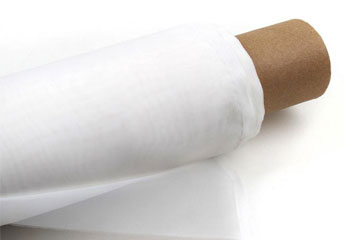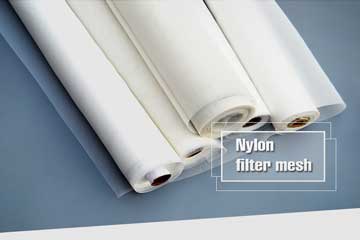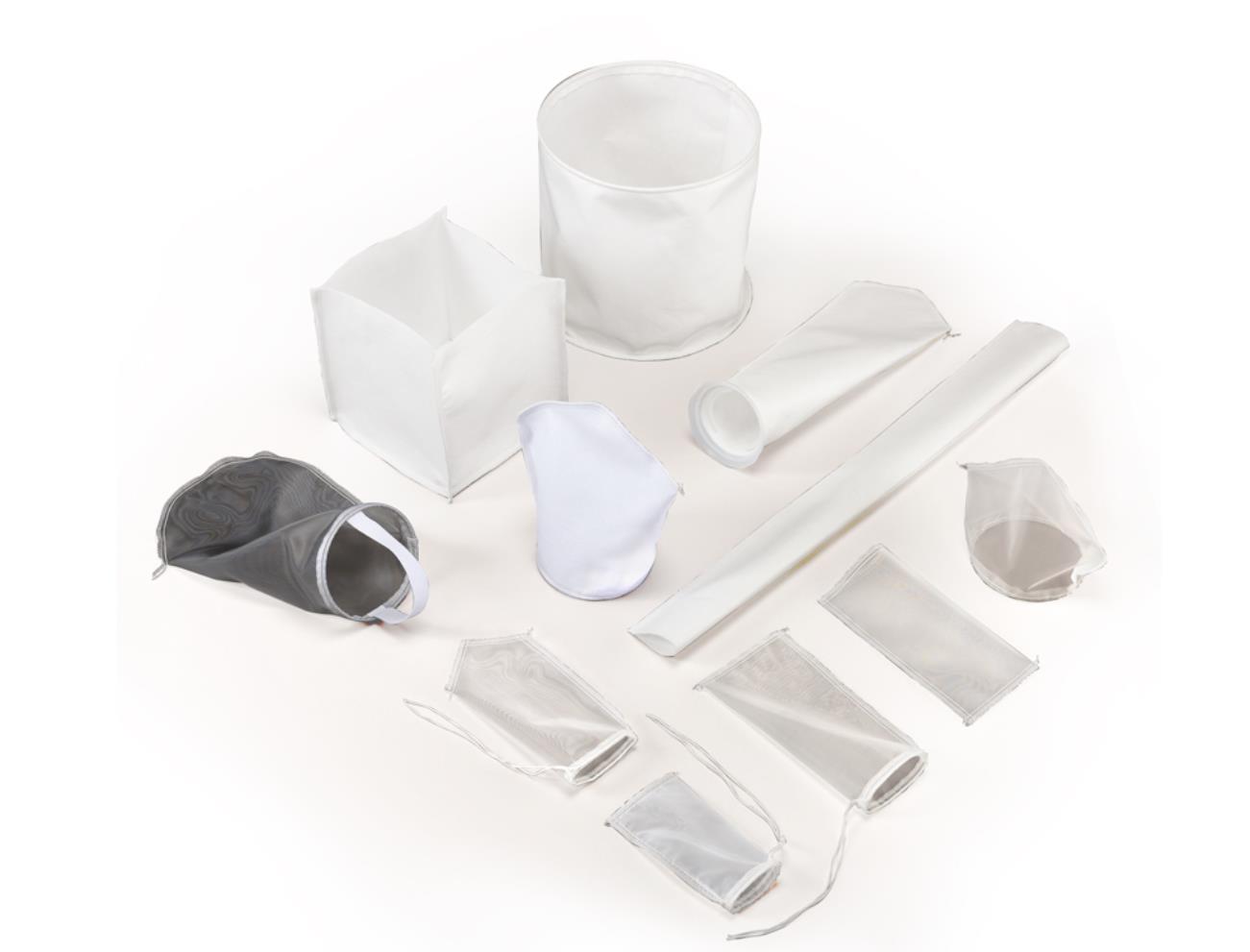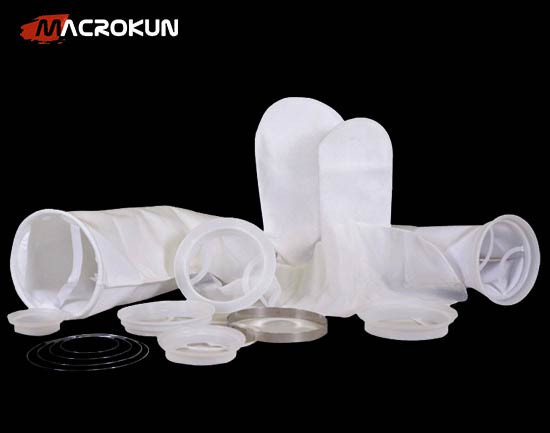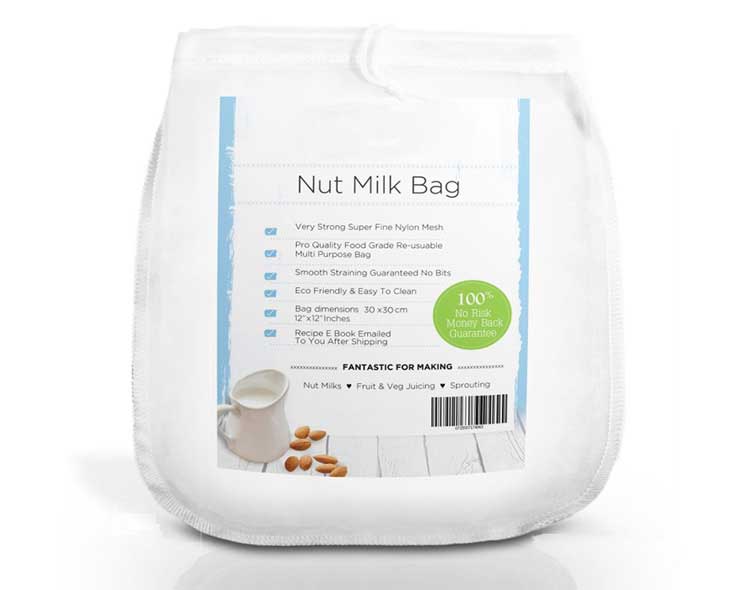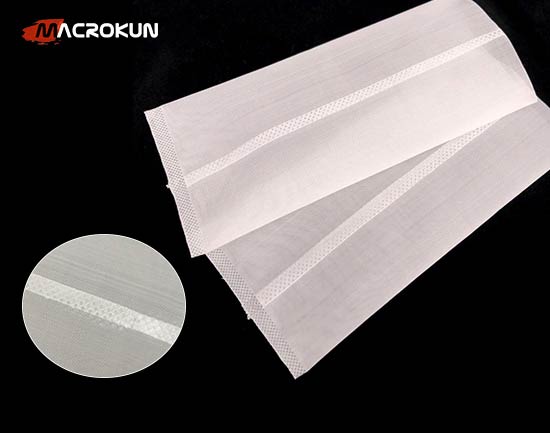Why the nylon filter membrane 0.22 µm is the smart choice for lab and industry
Choosing the right membrane is one of the least flashy but most consequential decisions a lab or production line makes. The nylon filter membrane 0.22 m sits at the intersection of reliability, chemical compatibility, and cost-effectiveness whether you ar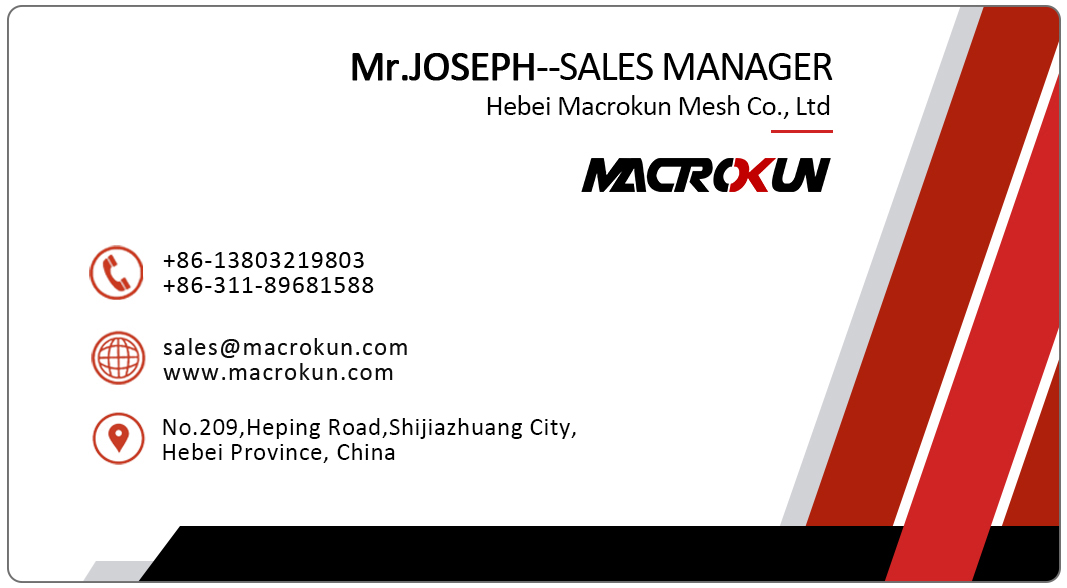
Choosing the right membrane is one of the least flashy but most consequential decisions a lab or production line makes. The nylon filter membrane 0.22 µm sits at the intersection of reliability, chemical compatibility, and cost-effectiveness — whether you are preparing HPLC samples, running sterile media, or doing routine QC filtration. This guide explains what to look for, why it often outperforms other options, and how to buy with confidence.
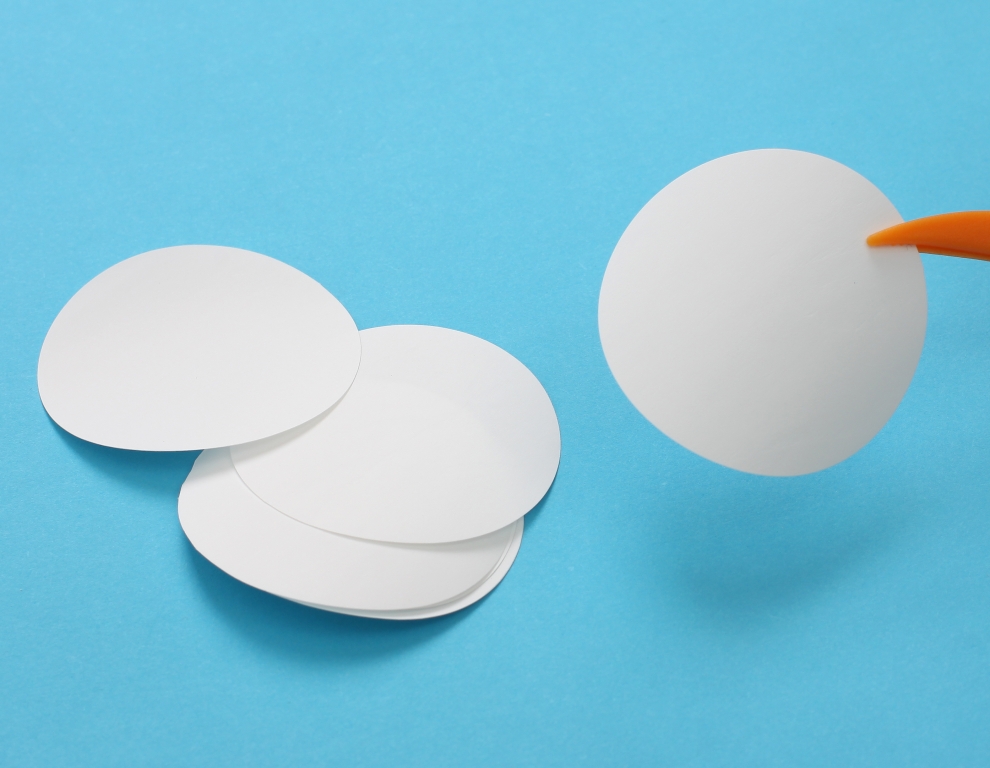
What the product actually is
A nylon filter membrane 0.22 µm is a hydrophilic polymer membrane manufactured to produce a uniform pore size of 0.22 micrometers (µm). That pore size is small enough to retain most bacteria and particulates while allowing solvents and dissolved analytes to pass, making it a standard choice for sample clarification prior to many analytical methods. Commercial formats include syringe filters, discs, and larger supported membranes for assembly into housings. Restek+1
Key specifications to check
When selecting a nylon filter membrane 0.22 µm, pay attention to:
-
Diameter / format: 13 mm, 25 mm, 47 mm discs or 13 mm syringe filters are common; larger diameters exist for bulk filtration. Restek
-
Hydrophilicity: nylon is naturally hydrophilic, which helps it wet out easily without surfactant pretreatment — useful for aqueous and many polar organic samples.
-
Extractables / leachables: low extractable membranes are desirable for trace analysis; reputable vendors publish extractable data and COA.
-
Support structure & tensile strength: supported nylon (with polyester backing) withstands handling and vacuum better than unsupported sheets.
Why choose nylon over other membranes
The nylon filter membrane 0.22 µm strikes a balance between chemical compatibility and sample recovery for many lab uses. It tolerates a wide range of aqueous and polar organic solvents, shows low extractables in many vendor specifications, and is mechanically robust for syringe filter formats. For these reasons, many labs choose nylon as their default 0.22 µm membrane for HPLC sample prep and general filtration tasks.
Typical applications
A nylon filter membrane 0.22 µm is commonly used for:
-
HPLC sample preparation — removing particulates that could clog columns and affect chromatographic performance. Sterlitech
-
Sterile filtration for aqueous samples where bacterial removal is required (depending on application validation). Restek
-
General laboratory clarification of buffers, reagents, and solvent blends prior to analysis or processing. Scientific Filters
Chemical compatibility and limitations
While nylon offers good compatibility with many solvents, it is not universally perfect. For strongly acidic or basic solutions, or for certain nonpolar solvents, alternatives such as PTFE or PES may perform better. Also, nylon membranes can show higher nonspecific binding for some proteins — if recovery of high-molecular-weight proteins is critical, evaluate alternative low-binding membranes. Always consult vendor chemical compatibility charts and validate with your matrix. Sterlitech+1
How to choose the correct format and size
Start by matching format to throughput:
-
Syringe filters (13 mm / 25 mm) are ideal for single-sample prep and small volumes. You’ll find many nylon filter membrane 0.22 µm syringe filters sold in single packs or in bulk boxes.
-
Disc filters (47 mm, 90 mm, 293 mm) or sheet rolls are better for batch filtration or preparative work. For analytical labs, 47 mm discs in packs of 50–200 are common.
Buying tips — what to ask suppliers
When sourcing nylon filter membrane 0.22 µm, request:
-
Certificate of Analysis (COA) for pore size distribution and extractables.
-
Sterility status if used for sterile filtration (gamma-sterilized or sterile-packed filters).
-
Material grade and backing information (e.g., supported vs unsupported) and any tensile strength data.
-
Sample policy — obtain a small sample before committing to large orders.
Quality control & incoming inspection
Before accepting a batch of nylon filter membrane 0.22 µm, perform quick checks:
-
Inspect packaging integrity and lot labeling.
-
Verify COA values match the stated product (pore size, hydrophilicity, extractables).
-
Run a spot test with your matrix to check for unexpected binding or visual contamination.
These simple checks catch most supplier inconsistencies early and prevent downtime.
Storage and handling best practices
To preserve a nylon filter membrane 0.22 µm:
-
Store in a cool, dry place away from direct sunlight and solvent fumes.
-
Keep sterile products in sealed packaging until use.
-
Avoid touching membrane surfaces with bare hands — use tweezers or gloves and handle edges only.
Proper handling reduces particulate transfer and keeps extractables low.
Comparing cost and value
Cost for nylon filter membrane 0.22 µm varies widely by format, brand, and packaging. Single syringe filters are inexpensive for occasional use, while large packs or disc rolls offer a better per-unit price for routine throughput. Importantly, evaluate total cost of ownership — a slightly higher priced membrane with better consistency and lower extractables can save money downstream by reducing column clogging and reruns. Vendor pricing and pack sizes are readily available from major laboratory suppliers.
Common pitfalls and how to avoid them
-
Buying solely on price: cheap membranes can have poor pore uniformity or higher extractables. Verify COA and run a small validation.
-
Overlooking format match: using the wrong disc diameter or syringe size can cause wasted time and leaks. Measure equipment fittings first.
-
Skipping validation: always test a new membrane type with your actual samples before full adoption.
Final checklist before placing an order
-
Confirm format (syringe / disc / roll) and diameter.
-
Request COA for pore size and extractables.
-
Validate sterility if needed.
-
Order a sample for matrix validation.
-
Compare pack sizes and landed cost (shipping, lead time).
Conclusion
A considered choice of nylon filter membrane 0.22 µm pays off in consistent analysis, fewer instrument issues, and predictable sample recovery. By checking COAs, validating with your matrix, and choosing the correct format for your workflow, you turn a commodity purchase into a performance decision. Select supplies that include clear specifications and supplier support — the right membrane makes your protocols more robust and your results more reliable.
RELATED PRODUCTS
RELATED ARTICLES
Tags:
